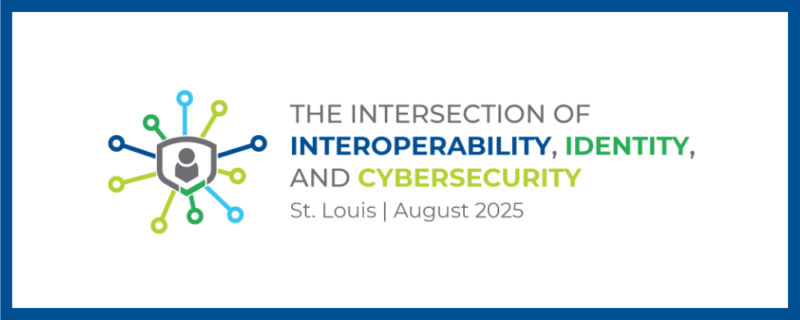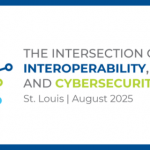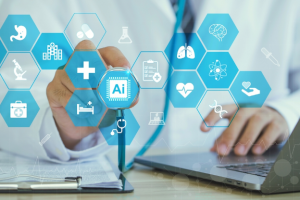Electronic medical records and electronic health records both represent electronic repositories of patient medical information. Many health care and information technology professionals believe that EMR and EHR mean the same thing. However, they provide distinct differences. The complete information contained in the record, what the record collects, who accesses and updates the record, and how it is accessed marks some of the distinctions between the two.
Understanding EMRs
EMRs provide continuity of care, or information to further treat patients. The EMR represents an electronic form of a patient’s paper medical record. It provides information about treating a patient from one health care provider. The EMR makes up a legal record of patient treatment within a health care provider organization. The organization, such as a hospital or physician’s office, owns the record. However, the patient owns the information within the record. This means that the patient has access to the information listed in the record, unless it is deemed harmful to the patient. For example, release of notes on a patient’s suicide attempt might not occur if the physician believes it will further harm the patient.
Understanding EHRs
Electronic health records compile information about a patient over time, collected from several different sources. EHRs boast anytime access, including from remote locations. The EHR also supports collection of data within the record for purposes other than patient care, including billing, public health reporting and research and quality management. Wide acceptance of the EHR system depends upon the National Health Information Network.
National Health Information Network
The National Health Information Network makes up a set of standards and policies on transmitting electronic health information such as EHRs and other formats. Several governmental agencies and health care organizations use the NHIN as part of a testing project. Project goals include working toward one nationwide exchange network, which facilitates the EHR process.
EMR vs. EHR
The main difference is that EHRs are accessible across many networks with information added and retrieved by many providers. Also, EHRs allow patients access to their own record and the ability to add information to the record. EMRs allow access only to clinicians and authorized individuals. EMRs collect mostly information to treat the patient, and EHRs collect patient treatment information in addition to a variety of other information for reporting.
Semantics
Even though EHR and EMR have different meanings, the terms are often used interchangeably to mean a patient’s medical record in an electronic format. Medical records in electronic format are also often referred to as electronic medical records, electronic patient records, electronic patient health records, computerized medical records and computer-based patient records. All of these terms have different meanings, but appear as interchangeable in both health care and technology.

























